Sistine Chapel Figures
Michelangelo's "The Last Judgment" is a monumental fresco that dominates the altar wall of the Sistine Chapel in Vatican City. Painted between 1535 and 1541, it stands as one of the defining masterpieces of the High Renaissance, embodying themes of salvation, divine judgment, and the ultimate fate of humanity. The fresco depicts the Second Coming of Christ, as described in the Book of Revelation. Christ, a figure of immense power and authority, sits at the center of the composition. He raises his right hand in a gesture of condemnation, while his left hand beckons the righteous towards Heaven. The Virgin Mary sits beside him, not as an intercessor, but seemingly resigned to the unfolding events. Surrounding Christ are angels, saints, and the resurrected dead. The righteous ascend on the left side of the image, their figures swirling with joyous anticipation as they are pulled towards Heaven. On the right, the damned are cast into Hell, their bodies twisted in anguish and despair. Demons torment and drag down the sinful, vividly illustrating the terror of eternal punishment. At the very bottom, Charon, the ferryman of the classical underworld, ferries the condemned across the river Styx."The Last Judgment" was controversial from the moment it was unveiled. Its abundant nudity and graphic depiction of Hell shocked many viewers, who deemed it inappropriate in such a sacred space. The fresco was later partially censored, with some figures covered with strategically placed drapery. However, the power and drama of Michelangelo's vision remain undiminished. In its exploration of the afterlife and humanity's place within it, "The Last Judgment" is a reflection of Michelangelo's own deep spirituality and the religious tensions of his era. It is a complex and awe-inspiring work that continues to fascinate and challenge viewers centuries after its creation.
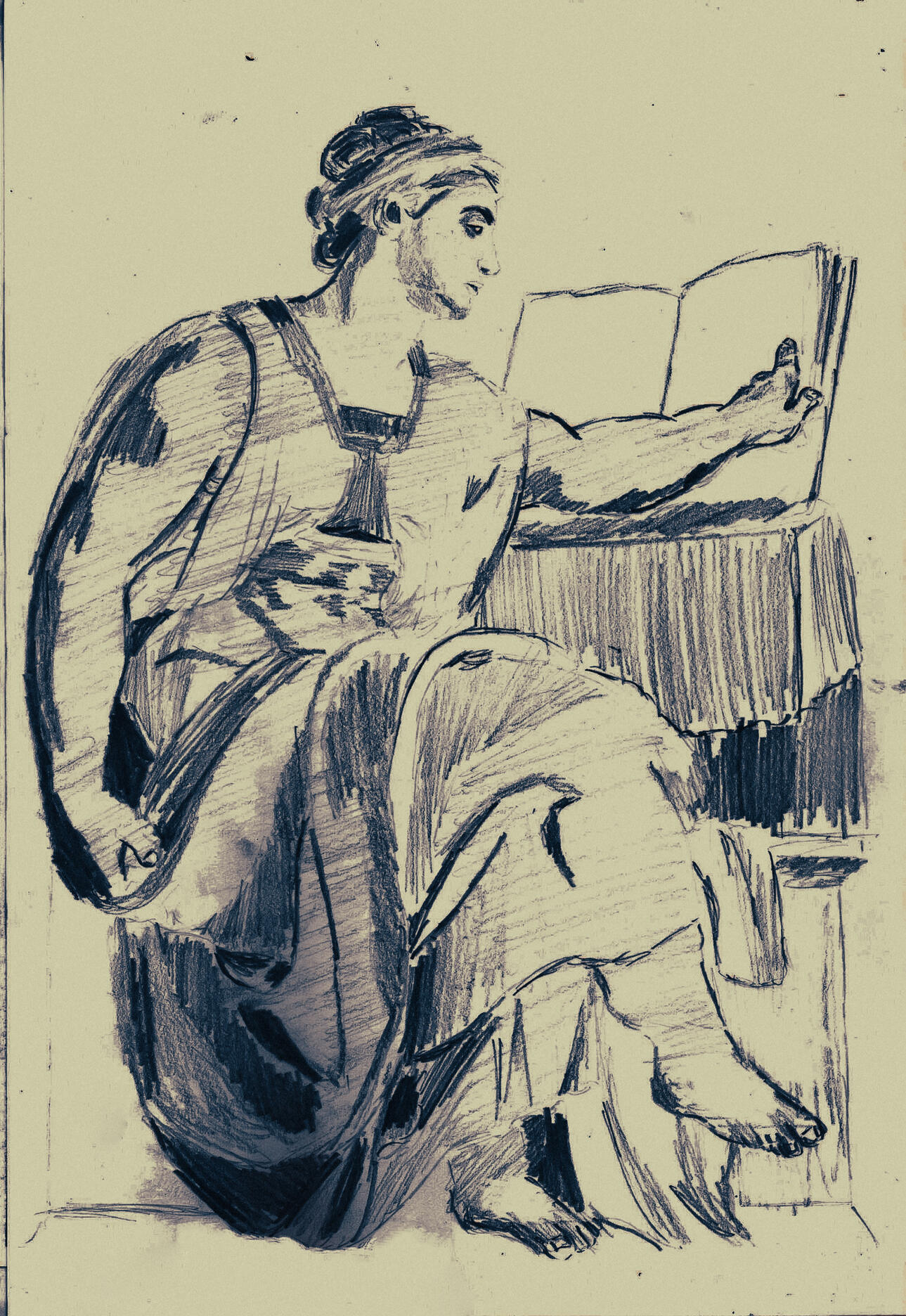
"erithraea"
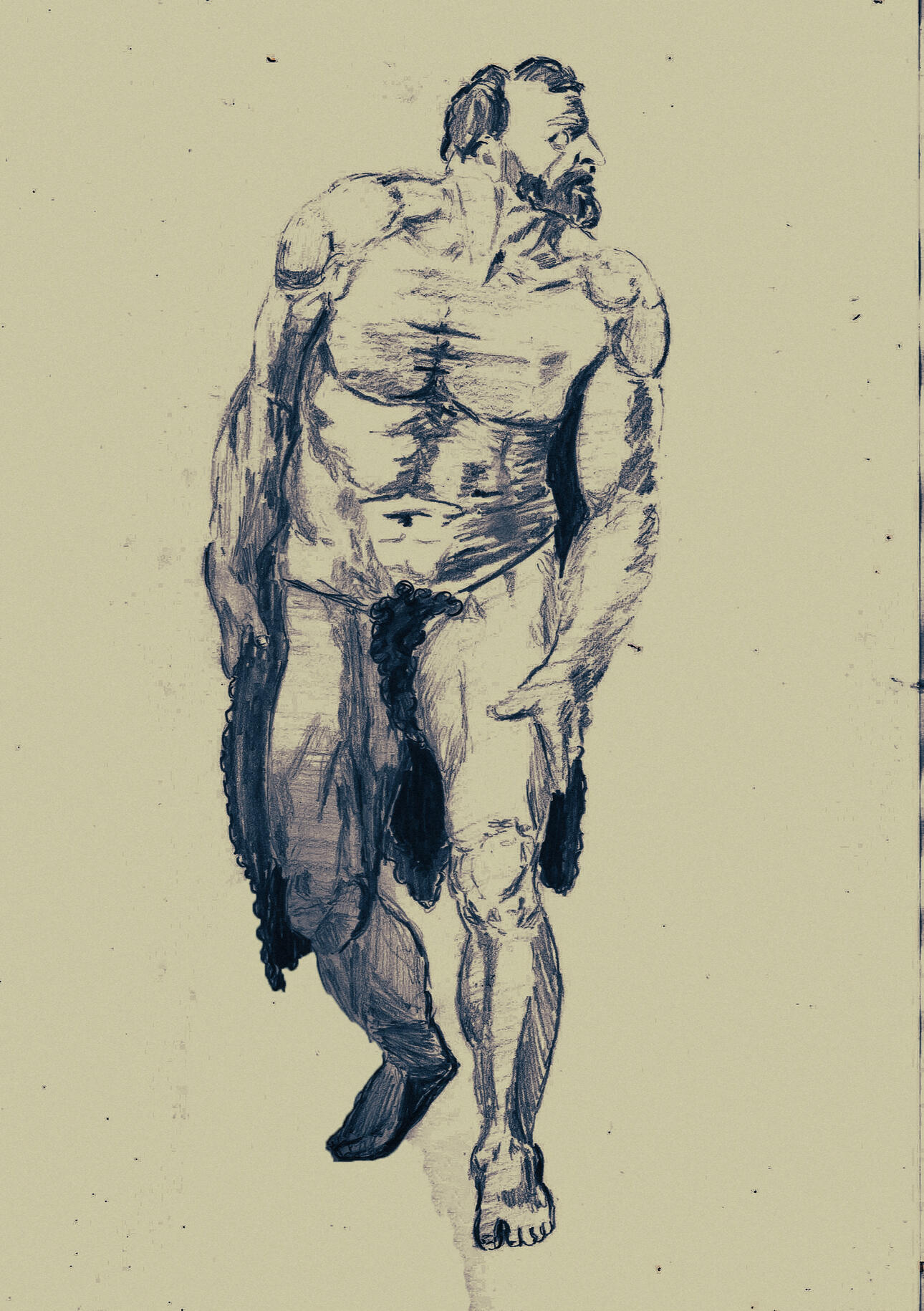
"IOANNES BAPTISTA"
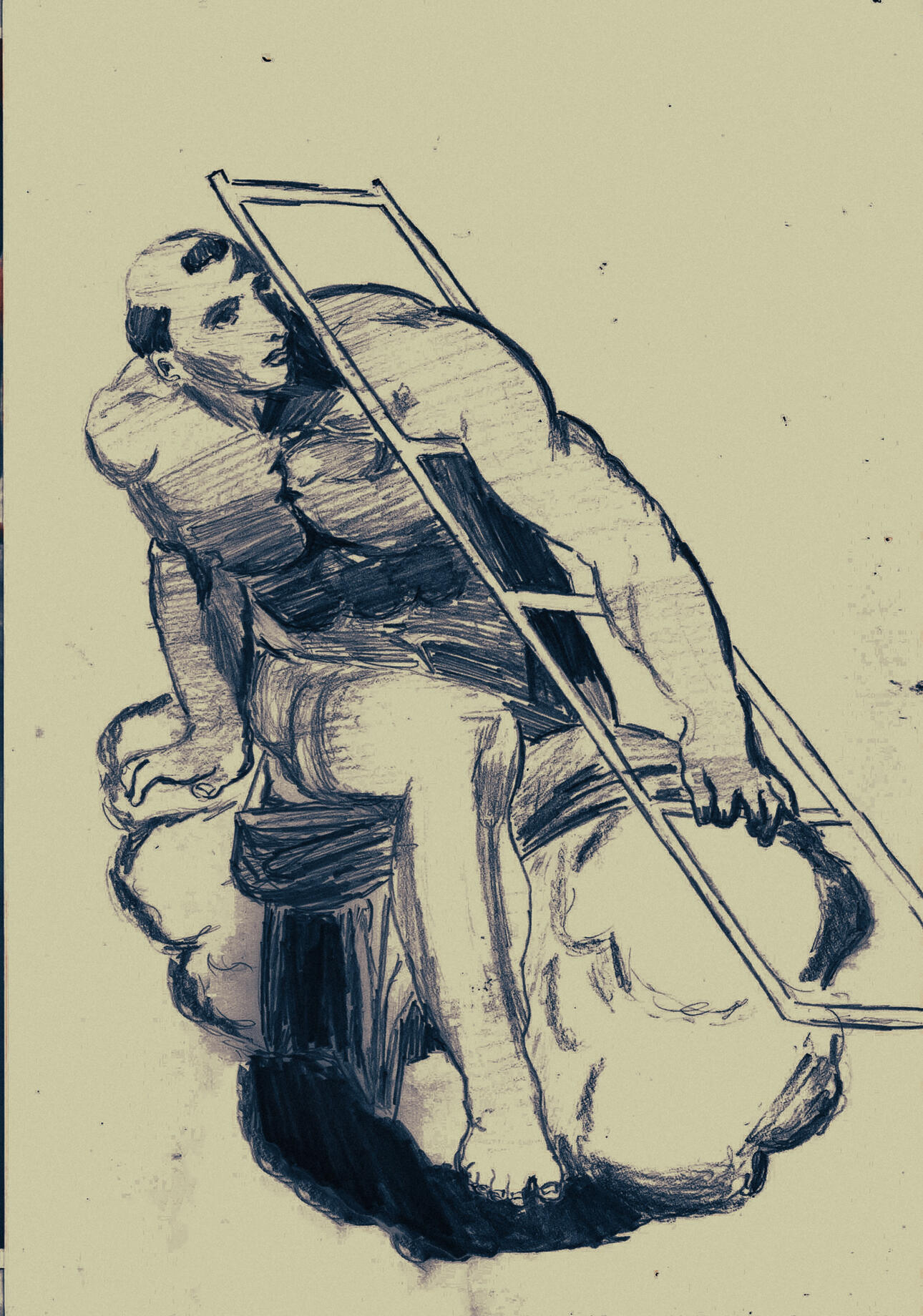
"LAURENTI"
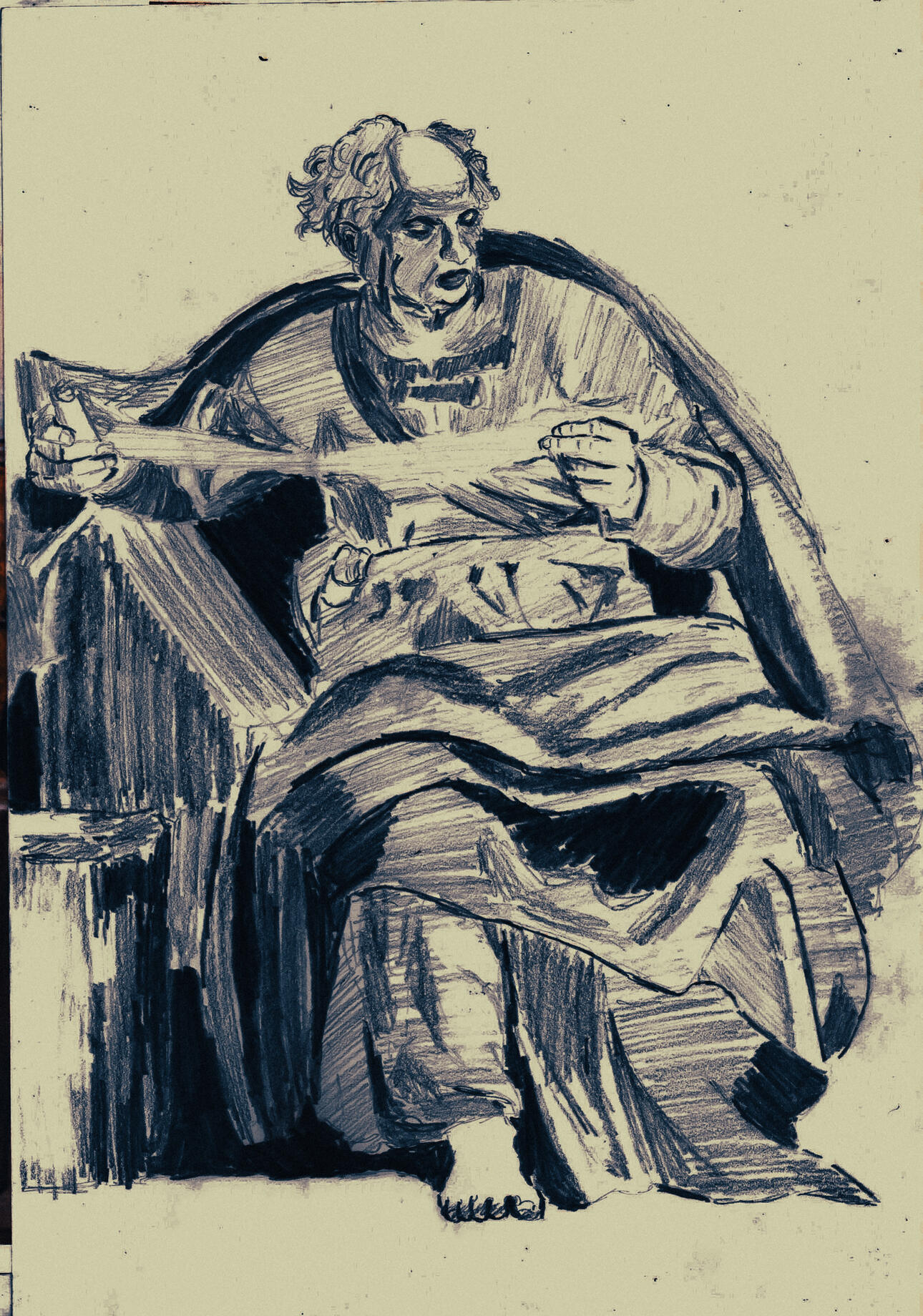
"JOEL"
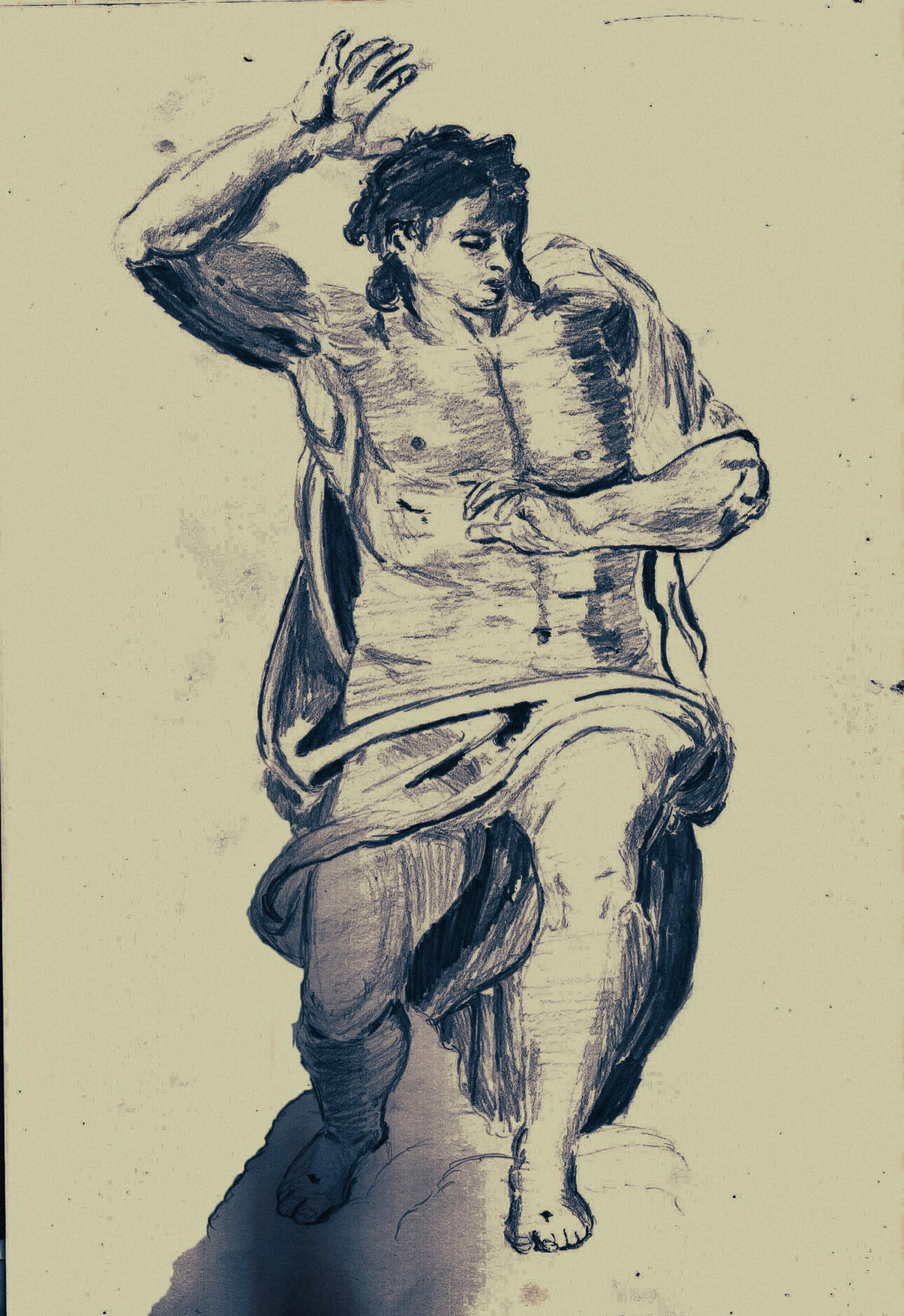
"Fili Redemptor mundi Deus"
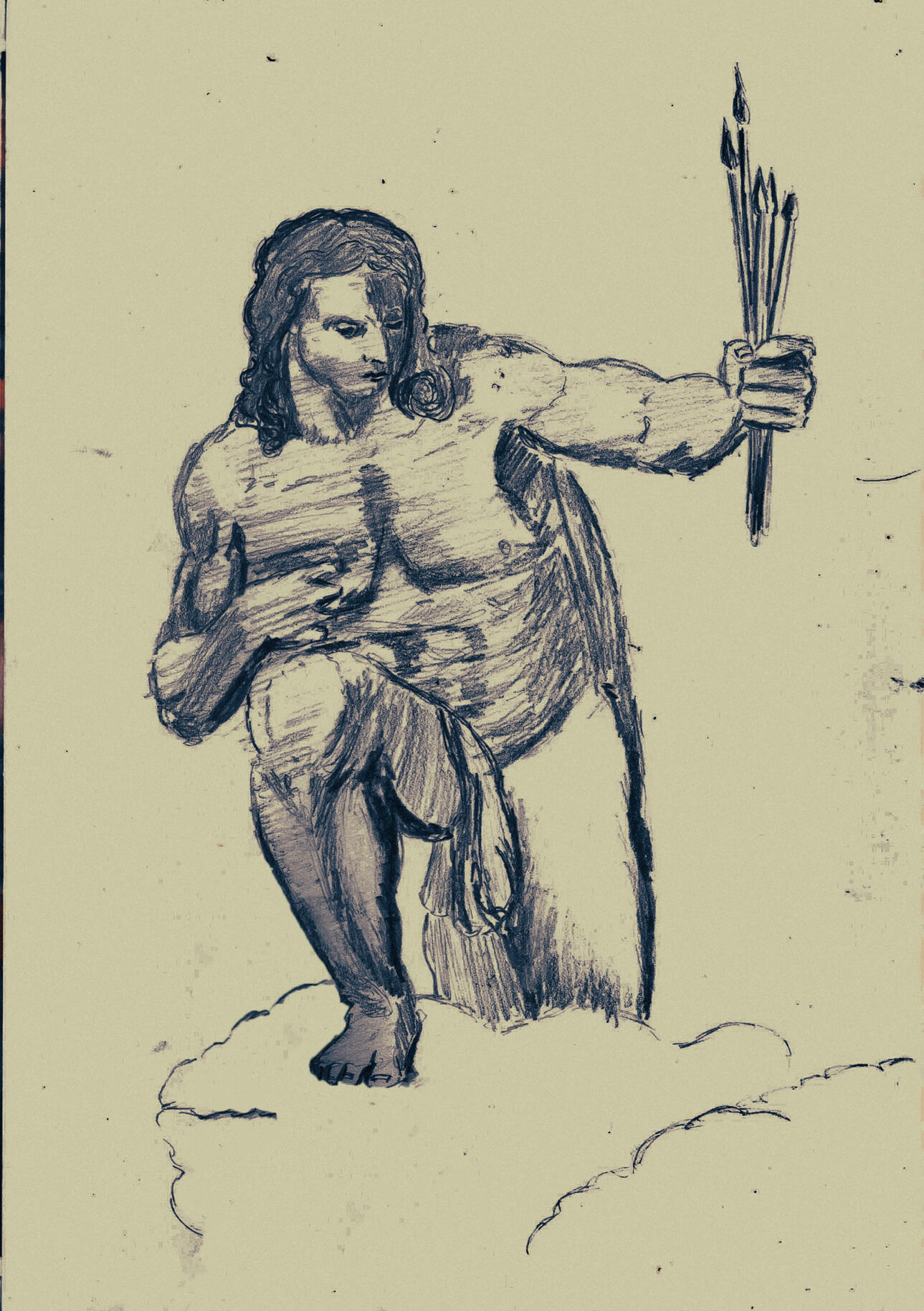
"SEBASTIANE"
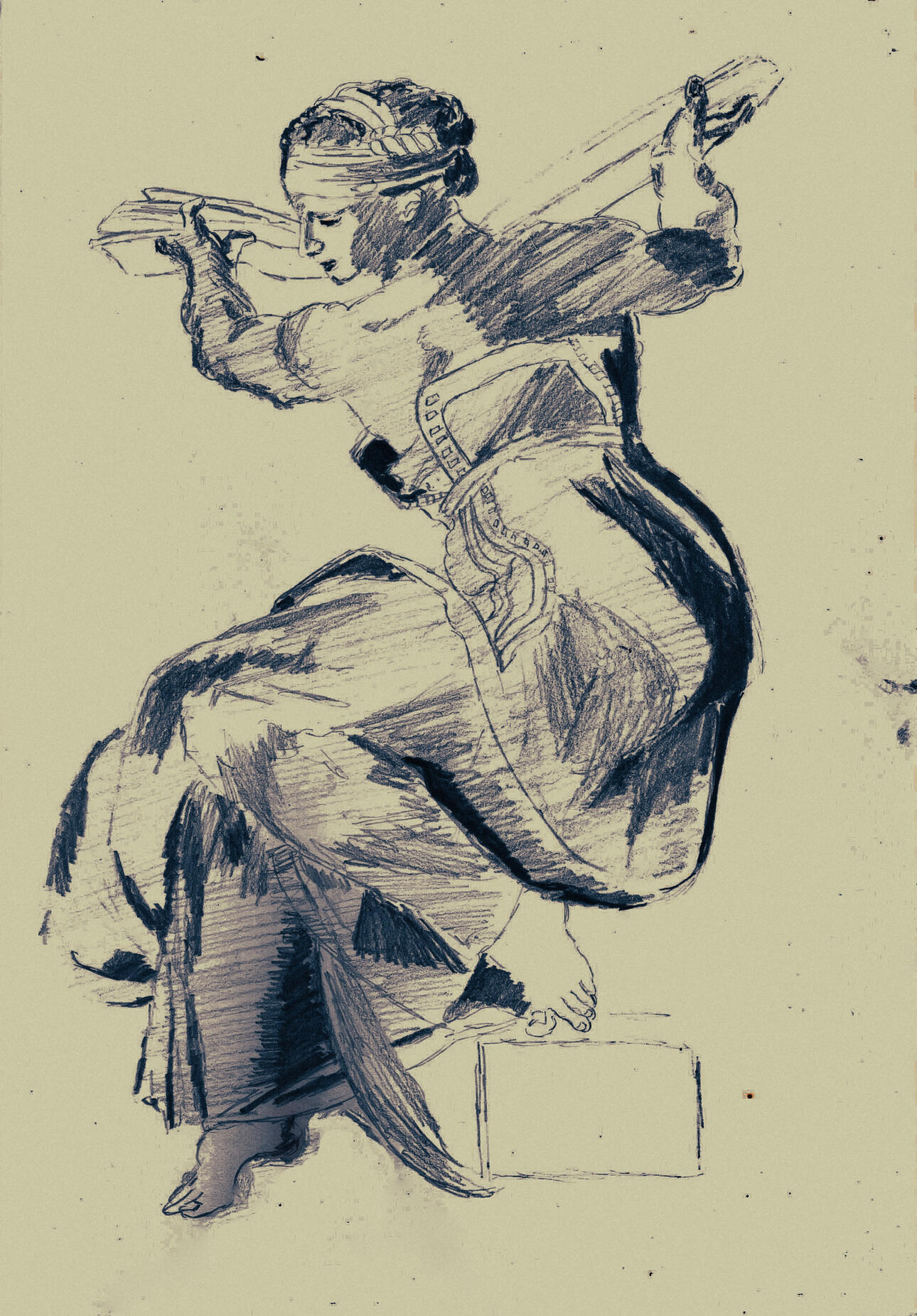
"LIBICA"
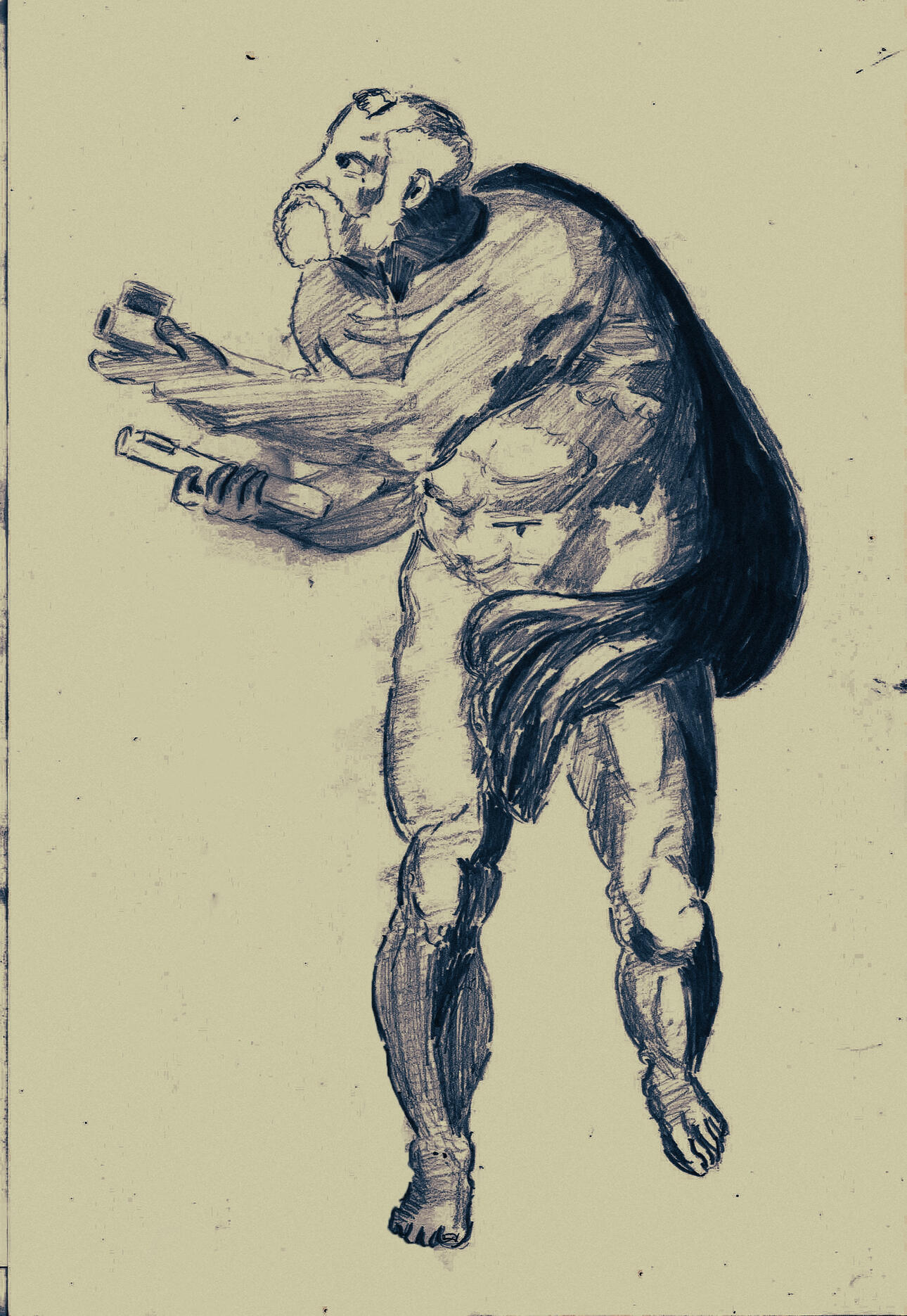
"PETRI APOSTOLI"
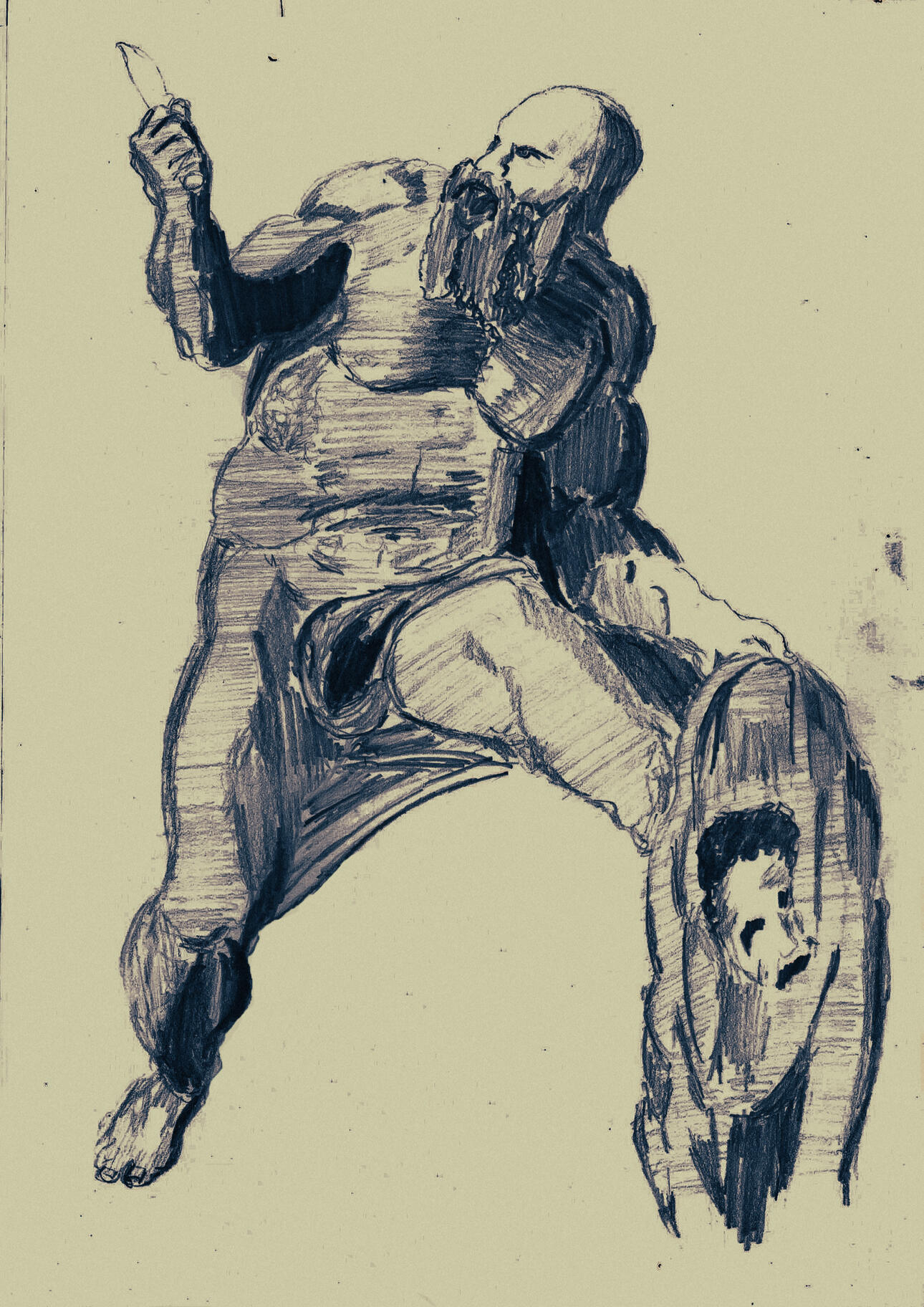
"Bartholomæe"